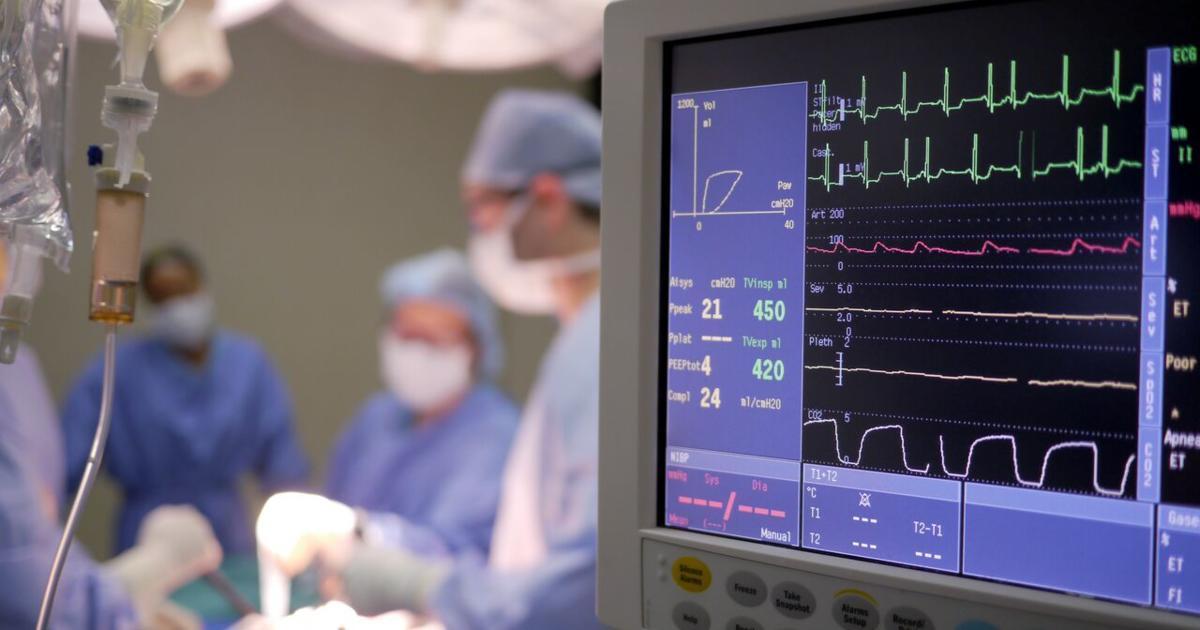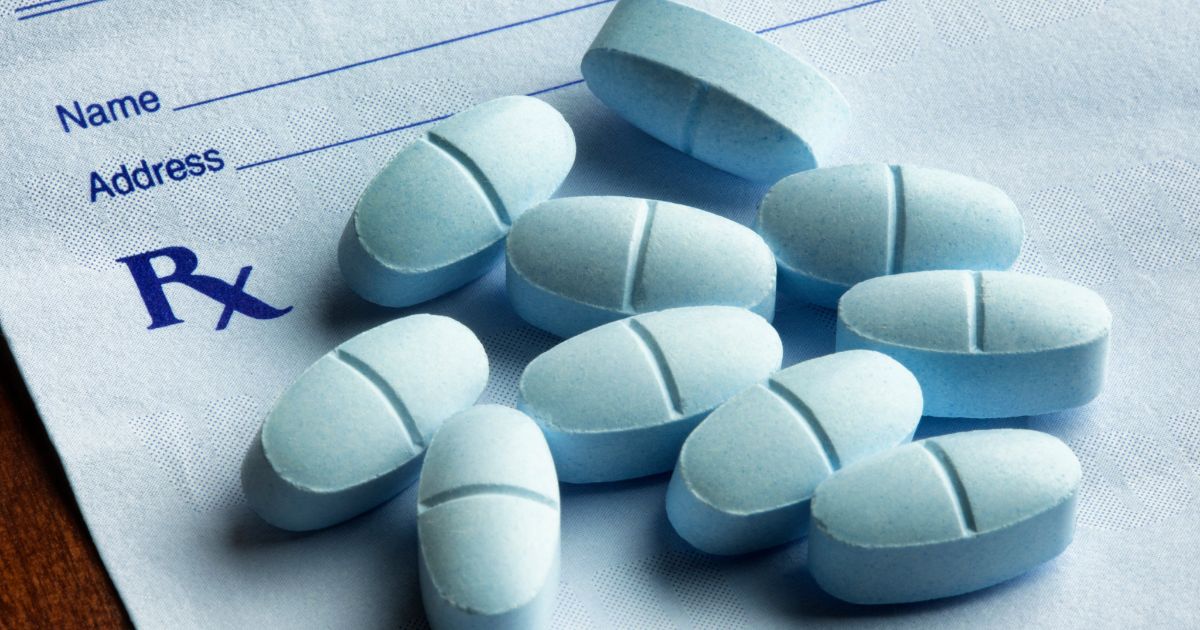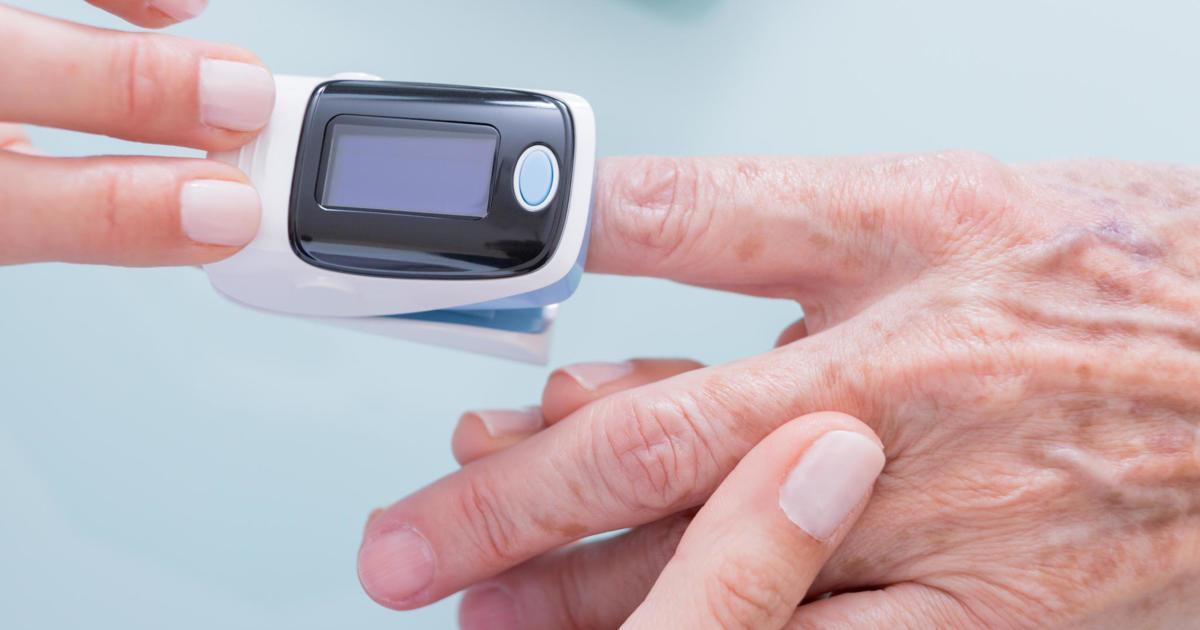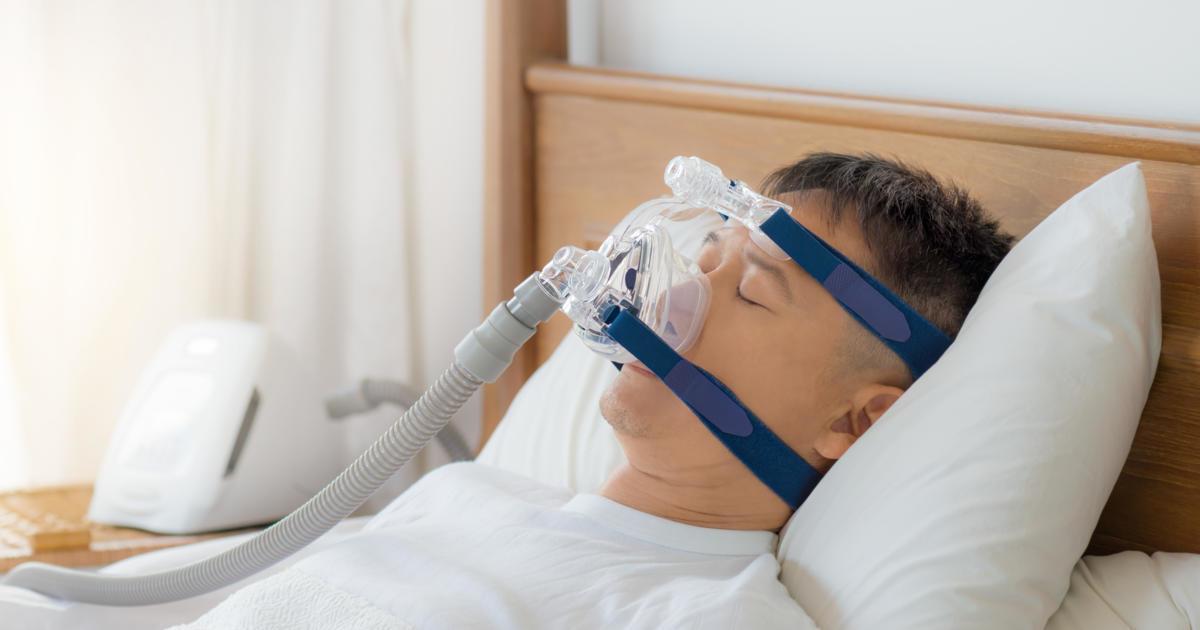Ways To Treat Respiratory Depression
Respiratory depression, also known as respiratory insufficiency and respiratory suppression, is a condition characterized by a reduction in the ability to inhale and exhale normally. As a result, the patient's breathing rate and depth of breathing are both lower than they should be, and they will take breaths that are not deep enough. The patient will also breathe more slowly than normal. This is known as hypoventilation, and it leads to reduced blood oxygen levels and elevated carbon dioxide in the body. Mild symptoms of respiratory depression typically include fatigue, shortness of breath, depression, and daytime sleepiness. More severe symptoms include headaches, seizures, and confusion. Patients may also present with blue-tinged lips, feet, or fingers. Respiratory depression can be caused by sleep apnea, severe obesity, chest wall deformities, brain injuries, and chronic lung disease. Some narcotic pain relievers and sedatives may cause or increase the risk of respiratory insufficiency. To diagnose this condition, doctors will check a patient's blood oxygen levels using a pulse oximeter. Other diagnostic tests include chest x-rays, lung function tests, hemoglobin tests, and sleep studies.
The treatments described below may be advised for patients with respiratory depression.
Corrective Surgery

Corrective surgery to fix a chest wall deformity may resolve symptoms of respiratory depression. Two of the most common types of chest wall deformities are pectus excavatum and pectus carinatum. In pectus excavatum (funnel chest), the chest has a sunken appearance, and the breastbone pushes inwards. This condition is more common in males, and it affects an estimated one out of every three or four hundred individuals. Pectus carinatum (pigeon chest) occurs when both the ribs and breastbone protrude. While both sides of the chest may protrude, sometimes one side may protrude more than the other. Pectus carinatum is also more common in males, and it affects approximately one out of every 1,500 individuals. Some patients with these conditions may be asymptomatic, and others might develop breathing difficulties, asthma, or frequent respiratory infections. If surgery is recommended, doctors normally wait to perform the procedure until a child has reached adolescence and has gone through most of their growth spurts. This reduces the chance of recurrence. Corrective surgeries for chest wall issues are performed with general anesthesia.
Learn more about treatment options for respiratory depression now.
Medication Options And Changes

Certain medications significantly increase a patient's risk of developing respiratory depression. Narcotic pain relievers, medicines that treat anxiety, and sedatives all pose a risk. Barbiturates, opiates, and benzodiazepines may cause this condition as well. Patients who must take medication should ask their healthcare team about all available medication options, and they should choose a non-opioid pain reliever where possible. Patients taking any medication should take the lowest effective dose for the shortest amount of time necessary to treat their symptoms, and they should educate themselves on the potential side effects of their medications. In particular, it is important to avoid or minimize alcohol consumption while taking prescription medicines. Alcohol may intensify respiratory depression. Parents and caregivers should closely monitor children who are taking medication, and any changes in breathing should be reported to a doctor promptly. Patients who do experience side effects can discuss changing their specific medication with their doctor to one that won't result in the same side effects.
Uncover details on the next method of treating respiratory depression now.
Weight Loss

Since respiratory depression is associated with severe obesity, weight loss may help reduce symptoms in patients who are overweight or obese. For effective weight loss, many patients who are severely obese will need the help of a medical doctor and nutrition team to achieve a healthy weight. For long-term health, individuals who struggle with weight may wish to focus on eating high-quality and minimally processed food. Some patients have found adopting a plant-based diet has helped them achieve their weight loss goals, and other patients have found success with traditional calorie-counting plans. Measuring weight once a day can help promote healthy habits, and some patients prefer to track their waist circumference or body fat percentages. Individuals who have successfully lost excess weight often report feeling more energetic, and they can generally breathe much more easily.
Continue for more information on respiratory depression treatments now.
Oxygen Therapy

Oxygen therapy involves the use of supplemental oxygen to support breathing. Supplemental oxygen is normally delivered via nasal prongs or a mask placed over the mouth and nose. This treatment reduces the amount of work it takes for patients to breathe, and it increases the oxygen saturation in the blood. Oxygen therapy is available in different percentages depending on the severity of the patient's condition. Patients with respiratory depression may receive treatment either in the hospital or at their homes. Patients who use oxygen at home may use a portable oxygen tank, and newer technology may allow some patients to use a machine that does not require a tank. Instead, it draws a continuous supply of oxygen from the air in the patient's immediate environment.
While undergoing oxygen treatment, patients may need to monitor their oxygen saturation at home by using a pulse oximeter. Keeping a log of daily pulse oximeter readings can be useful for medical staff. Some pulse oximeters can be worn overnight, and they will continuously record measurements the patient can view in the morning. Oxygen saturation readings can help medical staff determine whether or not oxygen treatment is working, and they can use the readings to make treatment adjustments so the patient feels as comfortable as possible.
Get the details on another option for treating respiratory depression now.
Use Of A CPAP Or BiPAP Machine

The use of a CPAP or BiPAP machine may be necessary for patients who have respiratory depression caused by sleep apnea. These machines are used overnight to help patients breathe easily and regularly while sleeping. Both CPAP and BiPAP machines deliver a continuous, pressurized supply of oxygen to the patient through a mask worn over the nose and mouth. While CPAP machines can only deliver air at one specific level of pressure, BiPAP machines are designed with two settings. The BiPAP machine has one pressure for when the patient inhales and a lower pressure for when they exhale. The lower pressure for exhalation can make treatment more comfortable for the patient, and the BiPAP machine is often recommended after CPAP treatment has been deemed unsuccessful.